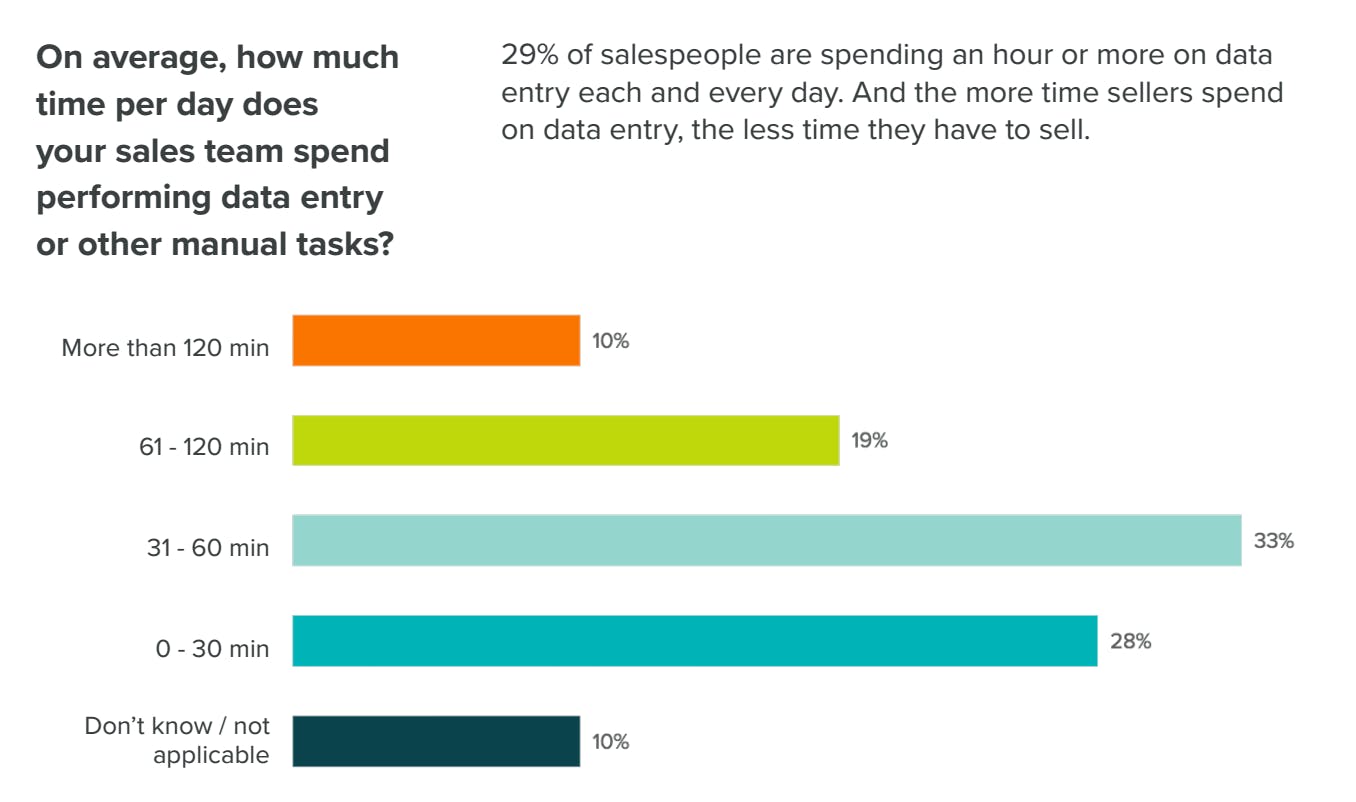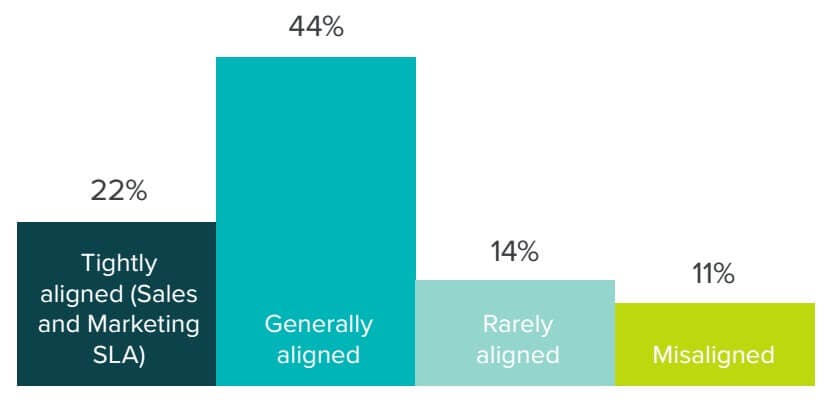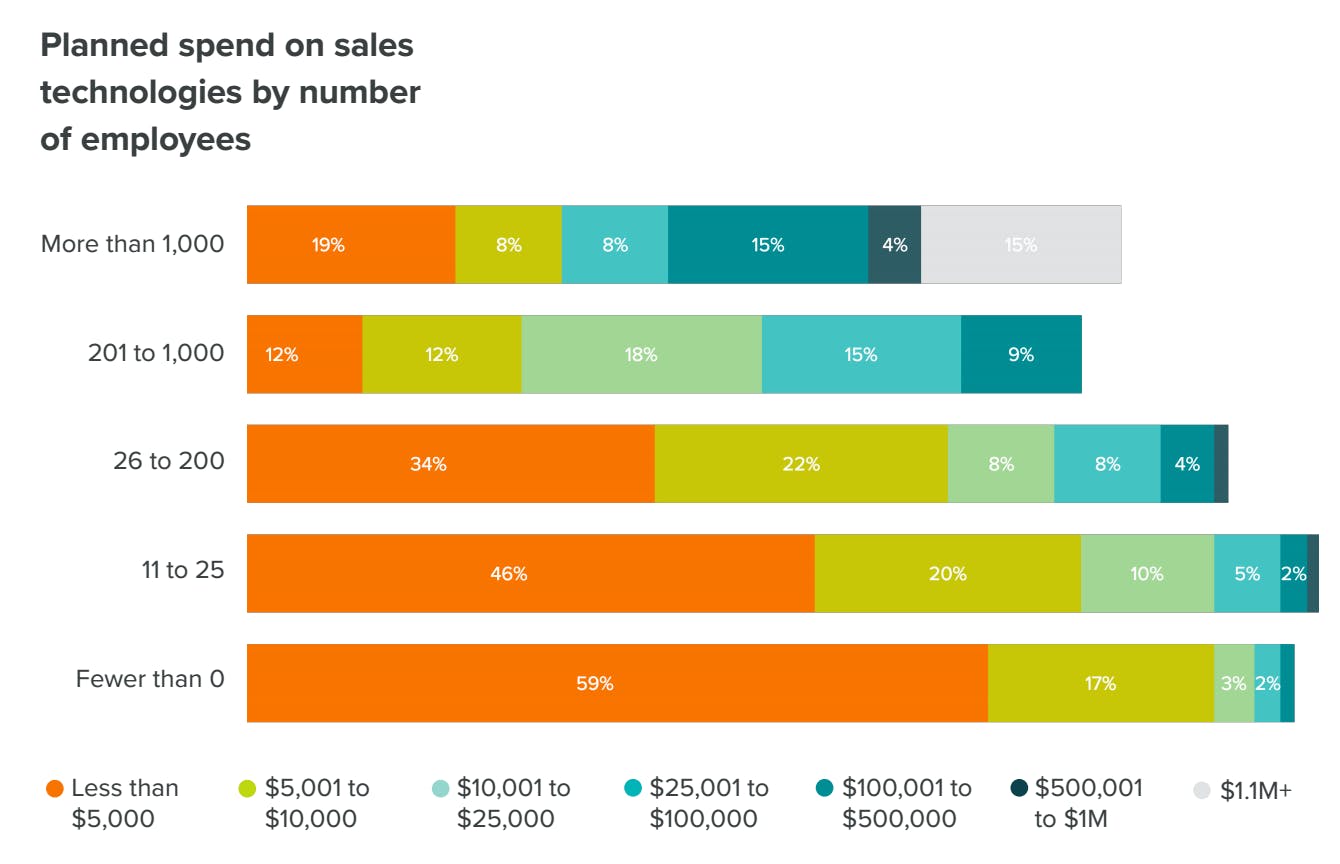Our approach to responding to RFPs (Request for Proposals) is critical to our organization’s success. It can mean the difference between winning new business or losing out to one of our competitors. It can also be extremely inefficient, which is why the most successful teams have to work smarter—and they have to do it together.
“You don’t have to be great to start,
but you have to start to be great.” – Zig Ziglar
Rather than jumping straight into execution, now is the time to evaluate our sales processes to ensure we have a solid foundation to fortify our efforts. If that foundation is shaky in any way, by mid-year teams risk facing greater inefficiencies while racing to meet their revenue goals.
Here are five ways to optimize your RFP response process to set yourself up for success.
#1) Strengthen your Content Library with a content audit
Whether you’re using RFP software or spreadsheets, don’t wait until you’re in the spring cleaning mood to overhaul your Content Library.
Your Content Library likely has anywhere from hundreds to thousands of RFP responses. Take the time to delete irrelevant content and refresh existing answers to make them stronger. A high quality response will increase your win rate—if an answer hasn’t worked for you in the past, it’s time to move on. (Learn how to do an RFP content audit here.)
#2) Automate time-consuming manual procedures
After performing an Content Library audit in that hefty spreadsheet, you will likely be asking yourself: Why are we still working like this?
It’s a valid question, and one that deserves attention in your next all-hands meeting. Unfortunately trying to maintain your own RFP response database wastes valuable hours teams really can’t spare.

Source: Hubspot
And companies trying to find a middle ground between manual and automated use tools like SharePoint. While that’s a step in the right direction, they experience workflow obstacles and realize it’s not a sustainable solution. So, take a good look at these repetitive tasks and find ways to save hours through automation.
#3) Identify your SMEs for better collaboration
An RFP response simply doesn’t work without the expertise of your SMEs (Subject Matter Experts). Because RFP response is a time-consuming process—and not a primary job responsibility for SMEs—the tendency is to give sales proposals the brush-off instead of taking ownership.
Does the project lead know who these experts are? Do these experts know what is expected of them? Identify the key players in your organization and be clear about roles and responsibilities ahead of time. That way when an RFP comes in, there isn’t a scramble to figure this out, pointing fingers while you’re trying to meet a tight deadline.
#4) Reduce friction between teams with an SLA
When teams are fully aligned, revenue growth is the ultimate reward. Only 22% of sales and marketing teams have a formal service level agreement (SLA) in place, leaving too many responsibilities and timelines in the dark.

Source: Hubspot
Even the best-in-class organizations using SLAs use them in the traditional sense for inbound leads. But RFPs should be treated the same way, so sales doesn’t have to worry about what’s going on and the project lead can rest assured that the RFP is being handled.
Like inbound leads, RFPs can come in at any time and establishing a defined SLA greatly decreases internal frustration. Create one with the project lead, SMEs, and sales to realign your RFP response procedure.
#5) Track metrics to improve your RFP process
Measuring your team’s efforts is the most accurate way to pinpoint the gaps in your RFP process. Few organizations track metrics relevant to RFPs, but there are several simple calculations that will offer useful insights, such as:
- Average Response Rate – A high RFP response rate can reveal a need for more checks to ensure the RFP source is a genuine pursuit. A low rate will show the likelihood that your company is losing out to more nimble and effective organizations.
- Average Team Hours – Every team member collaborating on an RFP should track their hours diligently. This hard data will inform executives on the true internal resource cost of RFP efforts.
- Average Response Time – Rather than being a poor reflection on a team, a late response will shed light on an understaffed department that needs to be addressed. It can also help you clarify involvement required by team members to improve your RFP workflow.

Source: Hubspot
How we approach RFP response is the differentiator between growth and stagnation in an organization. By making strides to work smarter early on, we can build the strong foundation necessary to realize success.
Ready to work smarter with your RFP response process?
Calculate your ROI to see how many hours you can save right now.

